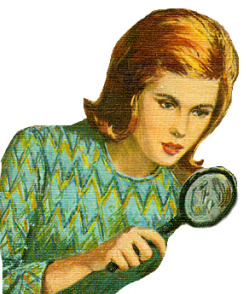
Like Hannah, I also looked at my childhood interests to find an example of transmedia. I grew up obsessed with the Nancy Drew series, reading from the same copies my mom had saved from when she was a child. With nearly 200 books today, the series started in the 1930’s and has played an important role in many people’s childhood’s, offering a strong female character to young readers for generations.
The books in the Nancy Drew series have all been written by ghost writers all writing under the same name. As Jenkins mentions in Convergence Culture, this co-creation of the series is what has allowed it to become as large as it has today.
The first way I thought of Nancy Drew as being transmedia was the crossing of storylines between this series and The Hardy Boy’s series. As the Nancy Drew series was originally a sister series to the Hardy Boy’s, the eventually had books were their stories intertwined and they solved mysteries all together.
A major way the series has become a form of transmedia, could most likely be from economic pressures like Jenkins mentions. As this is a series that’s only a decade shy of being a century old, it’s really very impressive to still be such a common series for kids today to still be reading. While many of the classic covers of the books have stayed the same, this series has done well growing with its readership. I remember not only reading the books, but playing the computer games as well, then later the Nintendo DS game, and eventually watching a film adaption. In addition to these, there’s also been redone into a television series and a comic book series. As kids today become more and more involved with technology, continuing the story into digital genres is going to further the interest in the brand.
Work Cited
Jenkins, Henry. Convergence Culture: Where Old and New Media Collide. New York University Press, 2006.
Word Count; 325